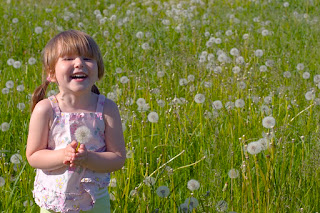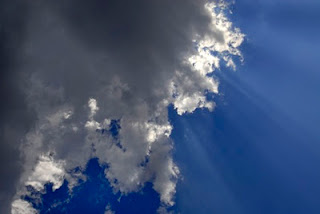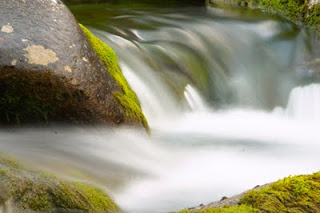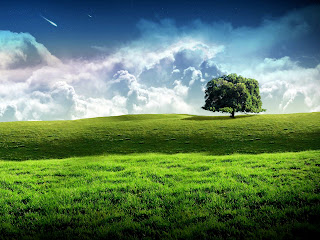Gift to the Soul: The Space of Presence

For many of us this is a season when it feels that we are going faster and faster. Everything’s racing, through school semesters, wrapping up work commitments, entering the holidays; the currents of life are in full tilt. Given the time of year, one student fell into a period of intense stress resulting from a cycle of classes, studying, working and little sleep. He didn’t realize how long he had neglected to write home until he received the following note: Dear Son, Your mother and I enjoyed your last letter. Of course, we were much younger then and more impressionable. Love, Dad. Photo Credit: Kalliope Kokolis As you know, it’s not just students. Some months ago a friend described getting caught in this state busy-ness while trying to get her daughter to school. She was busy getting things ready while her daughter was trying to show her something. Every time her daughter would call her over she would say, “Just hang on a moment. I’ll be...













